
Contents



Gangneung Chodang Dubu







Crafts · Written by Korea Craft & Design Foundation
Photographed by Park Soon-ae, Studio Soodal
Chaehwa Chilgi
Meticulously Crafted Lacquerware
Among the many forms of lacquerware is chaehwa chilgi, which relies on a mixture of lacquer
and mineral pigments. While najeon chilgi (lacquerware inlaid with mother-of-pearl) is the more well-known
of the two, chaehwa chilgi has retained its own distinct charm for more than 2,000 years.
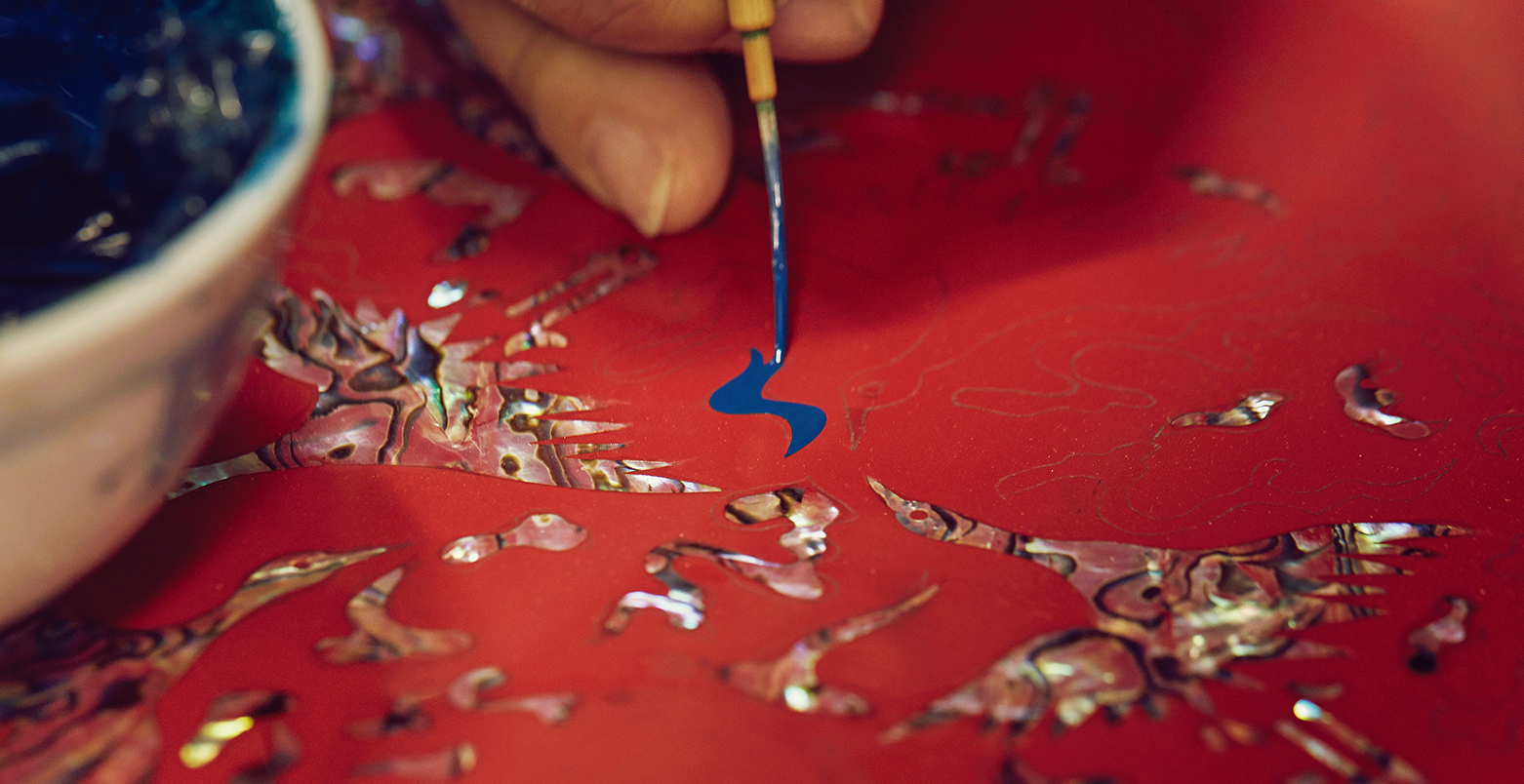
chaehwa chilgi, or Korean colored lacquerware, is made using a traditional technique of painting colorful patterns with a mixture of lacquer and natural pigments. Those who practice this time-honored craft require skill in applying and coloring lacquer.
Producing quality chaehwa chilgi is a time-consuming and meticulous process. A single piece of lacquerware takes several months to make. Lacquer is applied to wood, followed by hemp and clay. The coating and drying process is repeated 35-50 times with no shortcuts, thus a high degree of patience is required to get to the final product.
In an age where speed and immediacy are valued above all else, a unique characteristic of chaehwa chilgi is that the lacquerware’s dark colors grow more elegant and settled over time. The colors take two to three years to truly come alive.
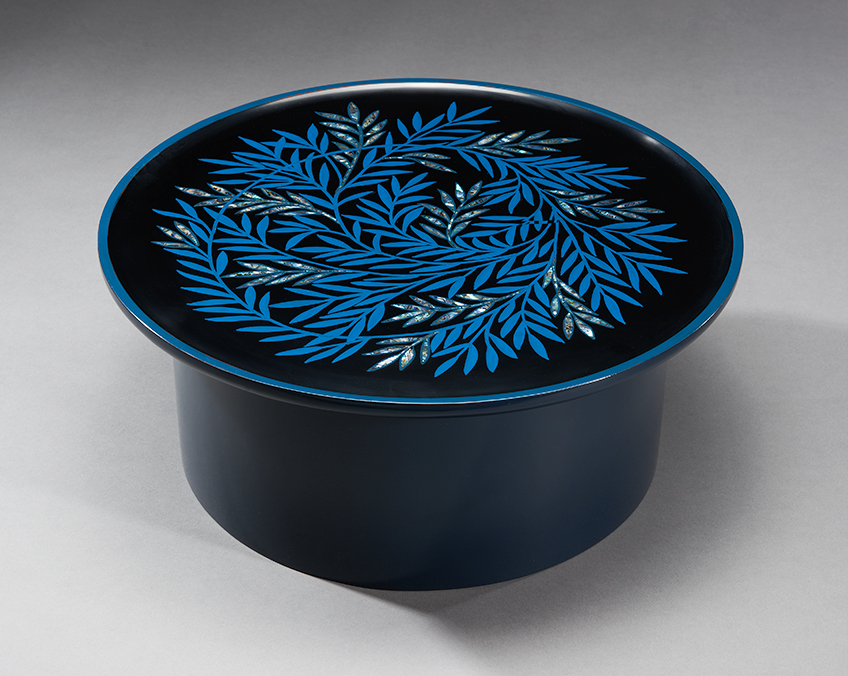
Regaining the Spotlight
chaehwa chilgi has a long and illustrious history on the Korean Peninsula. Famous pieces include the Tomb Murals of the Four Guardian Deities from the ancient Goguryeo Dynasty (37 BCE-668 C.E.) and the Painting of the Heavenly Horse excavated from the tomb Cheonmachong of the Silla Dynasty (57 BCE-935 C.E.). Following the Goryeo and Joseon dynasties, najeon chilgi emerged as the more popular art form. The iridescent shine of mother-of-pearl adds a nice contrast to the lacquer varnish, which turns darker when exposed to air.
In the modern age, demand for traditional crafts has declined with the growing popularity of cheaper and easy-to-produce crafts and furniture. Though ill-suited for mass production, chaehwa chilgi pieces continue to garner admiration for their high artistic and cultural value. Renowned museums around the world have showcased such items and companies have incorporated them in premium product lines.
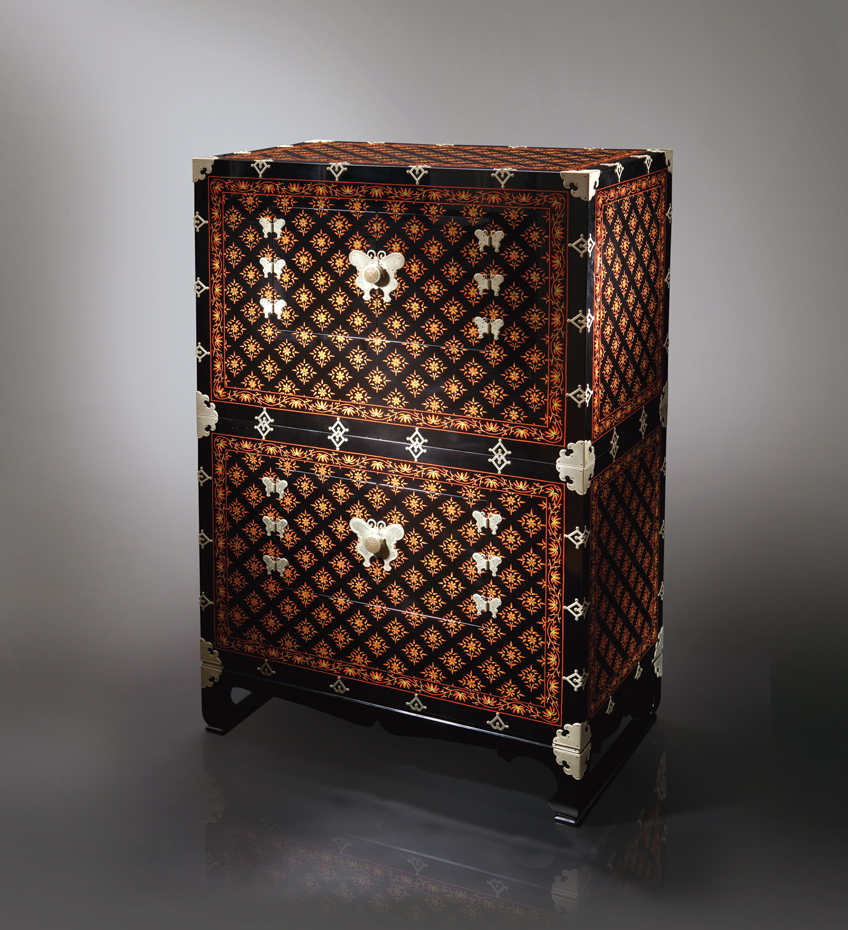
Master chaehwa chilgi craftsman Choi Jong-Kwan’s drawer is decorated with chrysanthemum patterns. © Choi Jong-Kwan
chaehwa chilgi Process
To complete a single piece of chaehwa chilgi, the process of coating and drying is repeated 35-50 times, which translates to a period of four to six months.
Among the many steps to complete chaehwa chilgi, we will take a look at the painting process in the later steps.
-
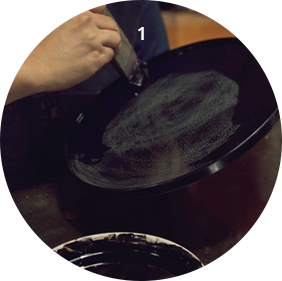 The wooden box is dried after applying a coat of refined lacquer.
The wooden box is dried after applying a coat of refined lacquer.
-
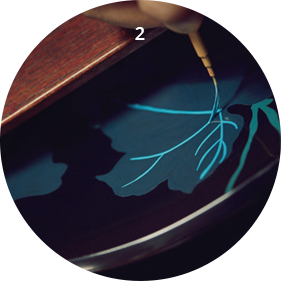 A pattern is copied on the box and colored as desired.
A pattern is copied on the box and colored as desired.
-
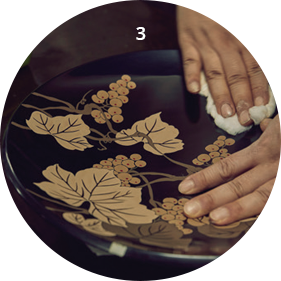 The surface is polished using a cotton ball lightly soaked in a polishing solvent. A well-polished surface enhances the quality of chaehwa chilgi.
The surface is polished using a cotton ball lightly soaked in a polishing solvent. A well-polished surface enhances the quality of chaehwa chilgi.
Other Articles



Gangneung Chodang Dubu













